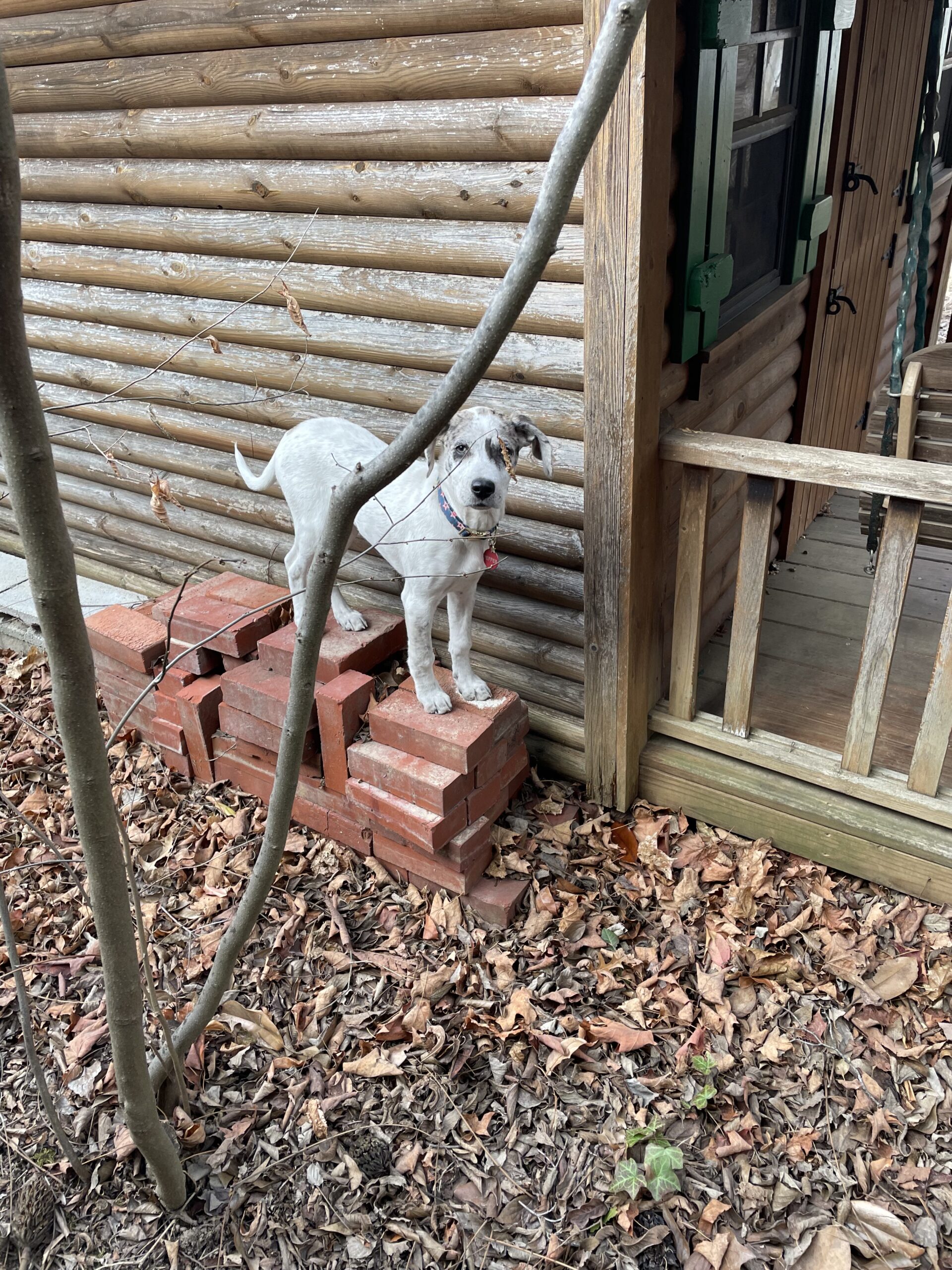3 Mistakes That Keep Your Dog Stuck in Bad Habits (And How to Fix Them Today)
You say “No!” for the tenth time today. Your dog looks at you… and then does it again tomorrow.
Sound familiar? You’re not alone.
Most dog owners unknowingly make the same handful of mistakes that sabotage their training efforts. These aren’t massive failures—they’re subtle habits that quietly keep dogs stuck in unwanted behaviors.
Here’s the good news: they’re easy to fix. Let’s walk through the three most common ones and what you can do instead.

Mistake #1: Reacting Instead of Redirecting
What most people do: They shout “No!” after their dog jumps on the couch, grabs a sock, or chews a shoe.
Why it doesn’t work: Dogs live in the moment. By the time you react, your dog has already moved on. “No” doesn’t teach what to do—it just adds confusion.
What to do instead: Redirect your dog before the behavior starts. Offer a quick mental challenge, like a focus game, treat puzzle, or simple command routine. These activities interrupt the impulse and teach self-control in a way that sticks.
Mistake #2: Not Using Sniff Time Strategically
What most people do: They rush through walks, pulling their dog along and trying to “burn energy” with speed.
Why it backfires: A 20-minute jog might tire out your dog physically, but it doesn’t meet their need for mental decompression.
What to do instead: Give your dog a 5-minute “sniffari.” Let them lead. Let them explore. Let them sniff. This nose-led adventure lowers cortisol, relaxes their brain, and does more to calm them than most obedience drills.
Mistake #3: Expecting Change Without Structure
What most people do: They scold bad behavior occasionally, reward good behavior inconsistently, and hope their dog eventually “gets it.”
Why this fails: Dogs thrive on clear patterns. Without consistency, they don’t know what’s expected. Random corrections don’t build new habits.
What to do instead: Use a structured routine that includes short, consistent training sessions built around mental engagement. Start simple and gradually build complexity. Structure doesn’t mean strictness—it means giving your dog a predictable path to follow.
Final Thoughts
Most behavior issues aren’t rooted in stubbornness—they come from confusion, boredom, and lack of structure.
Small changes make a big difference. When you shift from reacting to redirecting, add mindful sniff time, and introduce consistent mental challenges, you unlock focus and calm in a matter of days.
👉 Want the full transformation? See how to take these 5-minute fixes to the next level – Click Here.
Yelling “No!” all day won’t fix bad behavior, but these quick, structured challenges can. Try one today and see how fast your dog’s focus improves.
And if you’re ready to stop fighting the same battles every day and want a step-by-step plan that creates lasting calm, click here to get started. Your dog – and your sanity – will thank you.